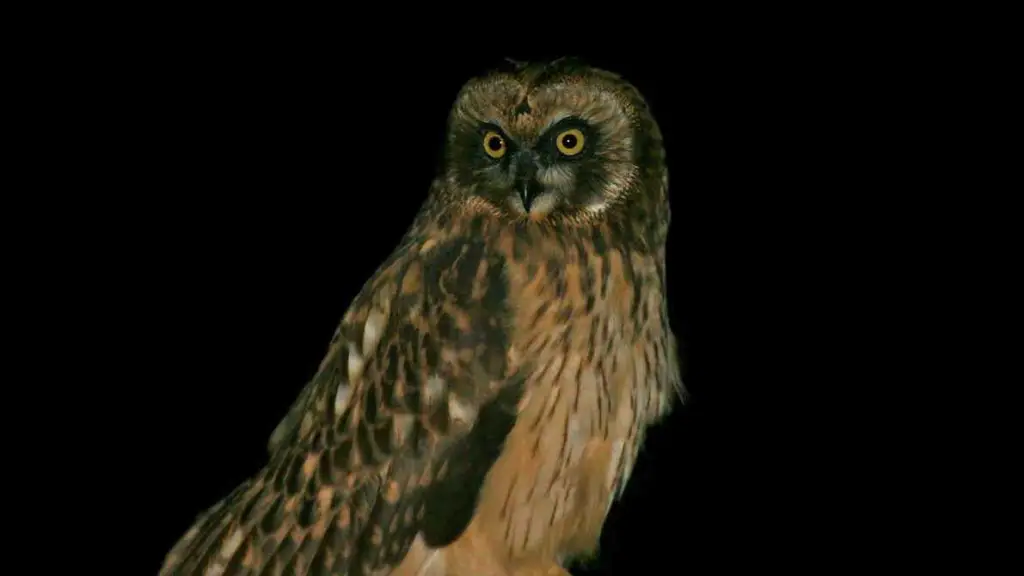“Owling” in Doubles Tennis
This is a public service announcement for all doubles players and aspiring double players!
There is a pervasive epidemic through out the tennis community. It is called “Owling” and it must be stopped NOW!
What is “Owling?”
Owling: Is the dubious action of a tennis player, who is stationed at the net, of turning around to watch their partner hit the ball in a game of doubles.
I think we can all agree that we are intrigued by the great bird, the Owl, for it’s wondrous gaze, it’s “who, who” call in the night and especially it’s distinctive ability to turn it’s head one-hundred-and-eighty-degrees in the opposite direction from it’s front. Although this particular characteristic has given the Owl a predatory advantage in the wild, it is a trait in tennis certain to be the undoing of many a doubles player!
There are certain nuances in the game of tennis that players of all skill levels need to understand, and adhere to. These nuances are mostly understood intrinsically but often are either lost, neglected, or even unlearned at the amateur level.
Hitting through the middle of the court in doubles, for instance, is a staple of the game. As is communicating with your partner during AND in between points. These are two important strategic and mental characteristics of a winning doubles player. But just as there are specific attributes that make great players, there are peculiarities that I find popping up in the tennis community that will hold our games back. One of these idiosyncrasies, which I call ‘Owling,’ is a bad strategy. For a number of different reasons and none is more important than the fact that your safety and ability to protect yourself is compromised when your head is turned. Keep in mind that once the ball has passed by you it is your partner’s responsibility to hit the ball. There is nothing you can do to help them by watching them. Spending one-third of the point with your eyes diverted away from your opponents is not a healthy tactic. So, get out of spectator mode and fast!
One thing that you will learn by keeping your head and eyes facing forward is that your opponents will tell you everything that you need to know (if you know what to look for) and more importantly, what is to come next. They will follow the path of the ball with their movement and their eyes, and you will become more adept at reading these subtleties in their movements.
Remember the first person that you need to worry about is the net person on the other side of the court. They will have the first chance at hitting the ball as your partner’s shot passes over the net and if they do poach or volley at that moment you will be ready for it because you are watching your opponent(s) and not your partner. If they do not volley that ball it will most likely go to their partner and here is where you may decide to be aggressive. Start to notice when you are ‘Owling’ and notice when your opponents are doing the same. Who knows, it may be the adjustment you are looking for and an opportunity to steal some points by reflexing your opponent’s ball back or poaching. It will certainly make you a better, quicker, more anticipatory doubles player and most importantly, you will be protecting yourself.
Together, let’s put a stop to Owling!


